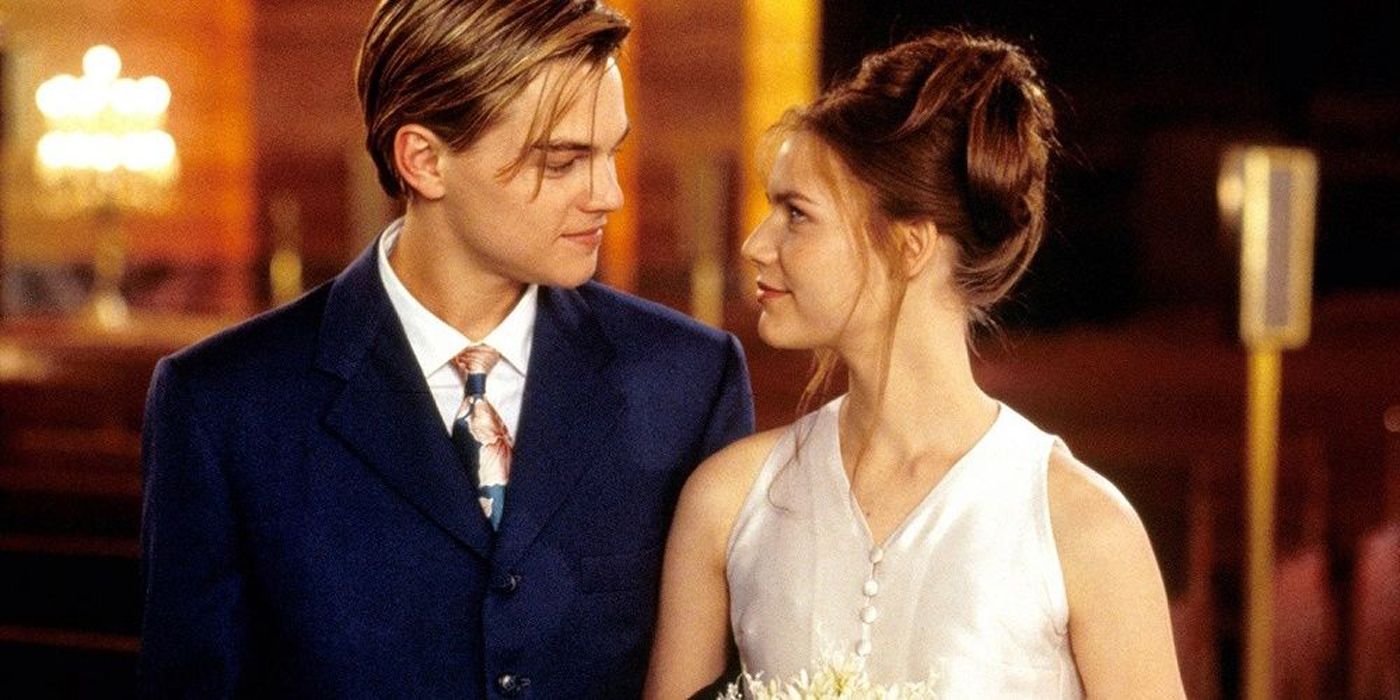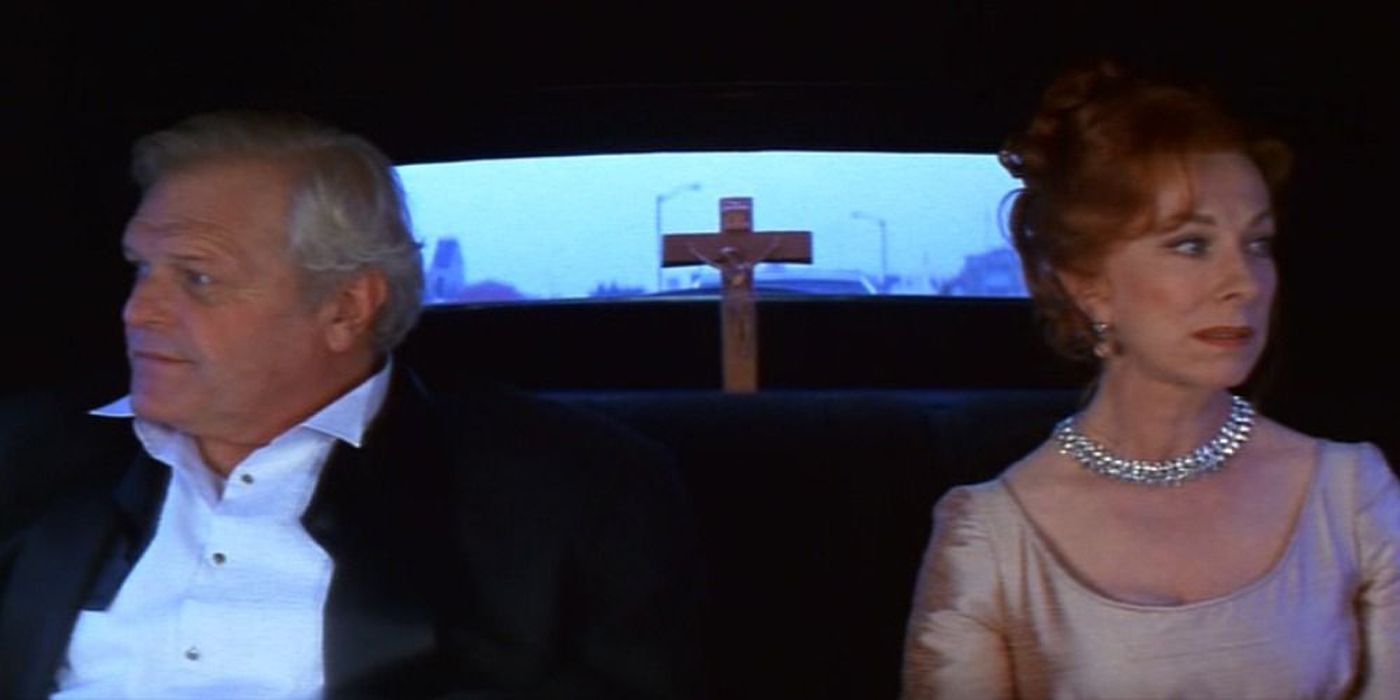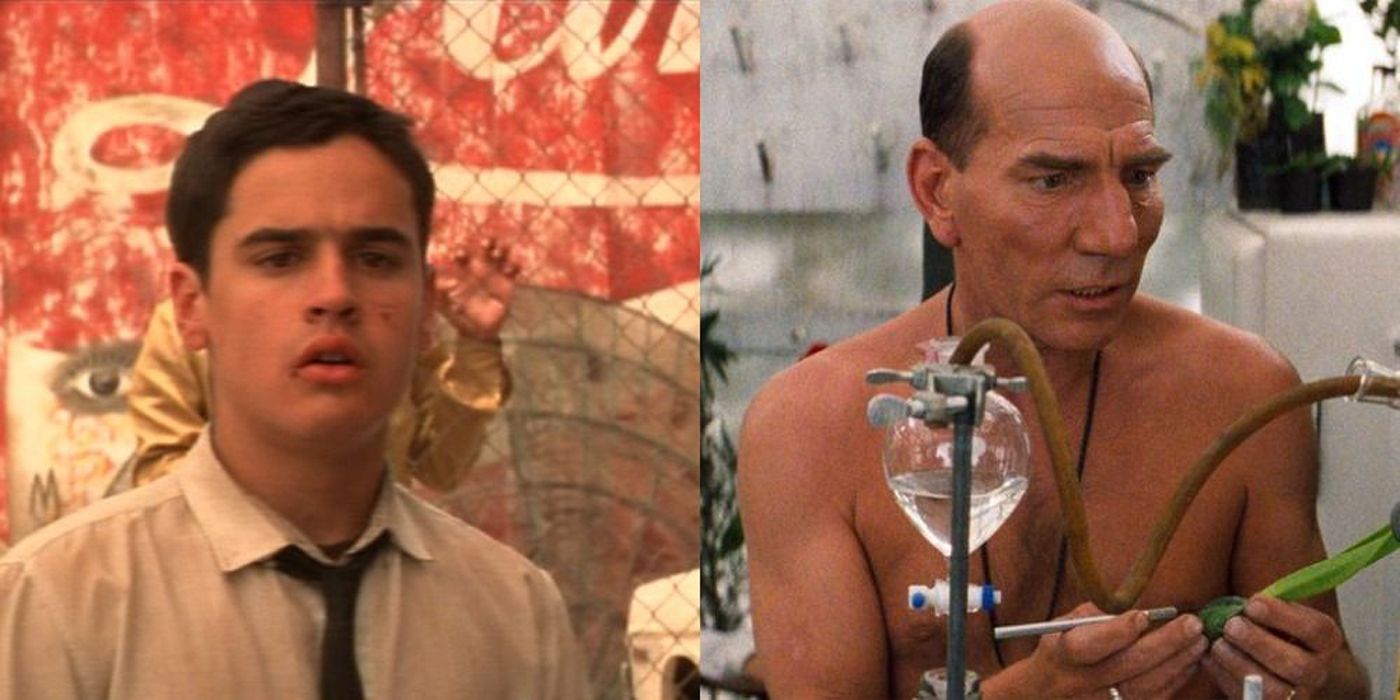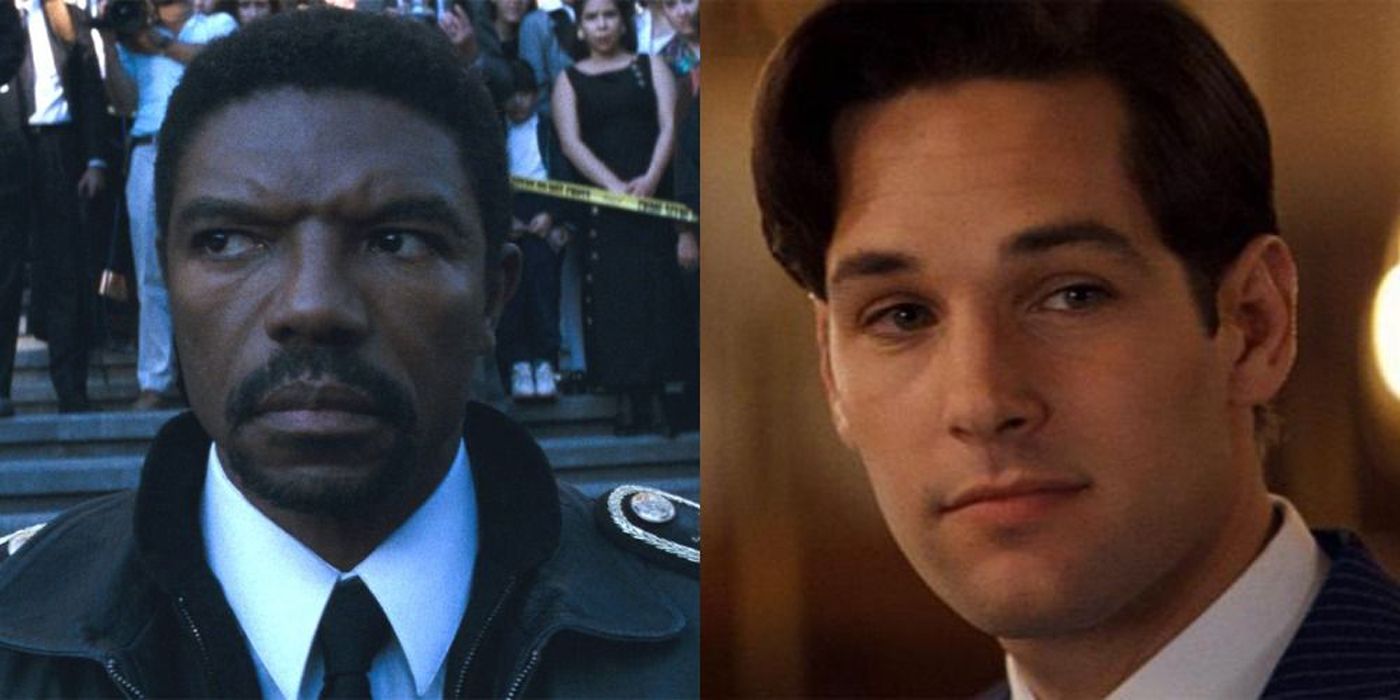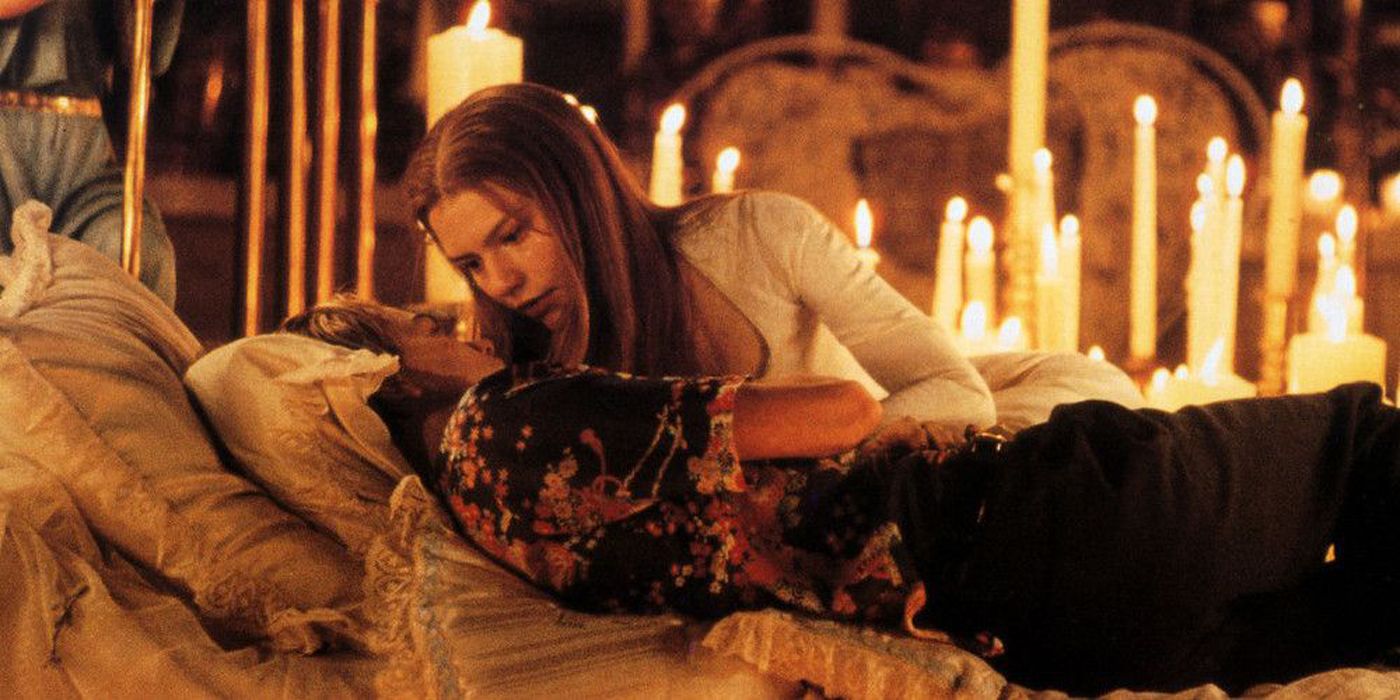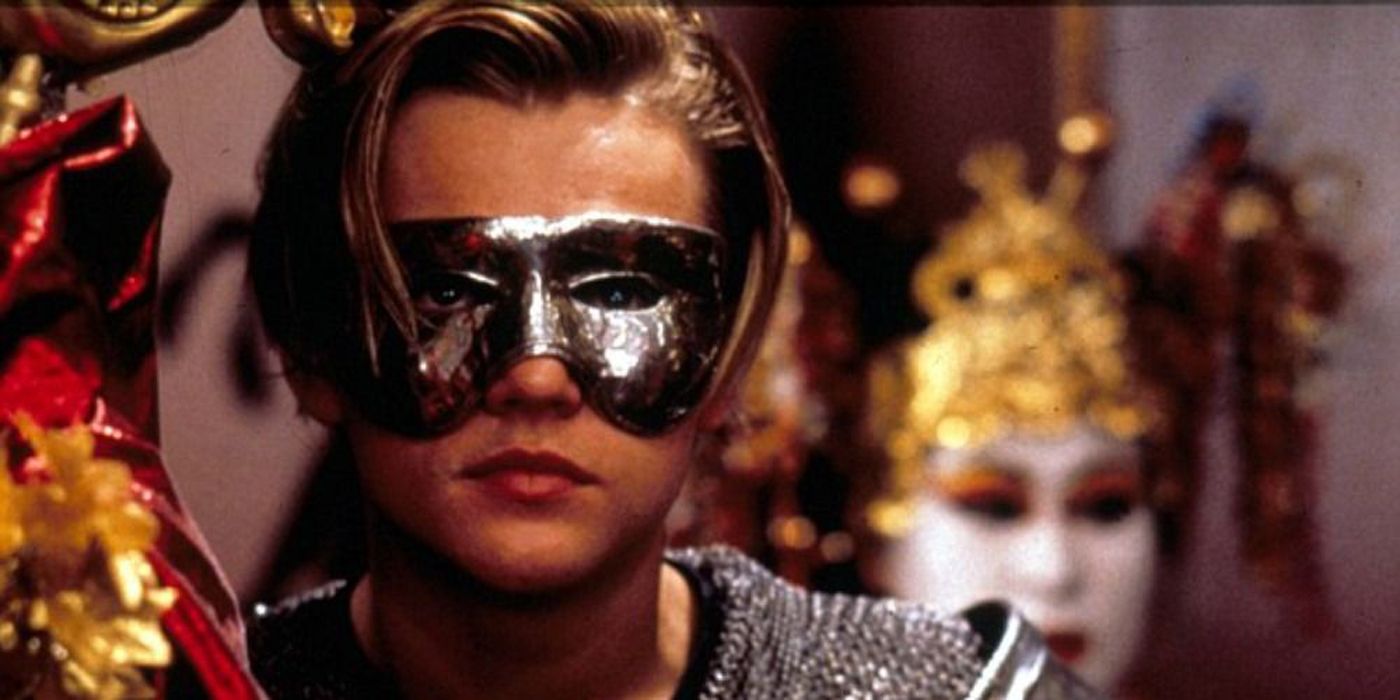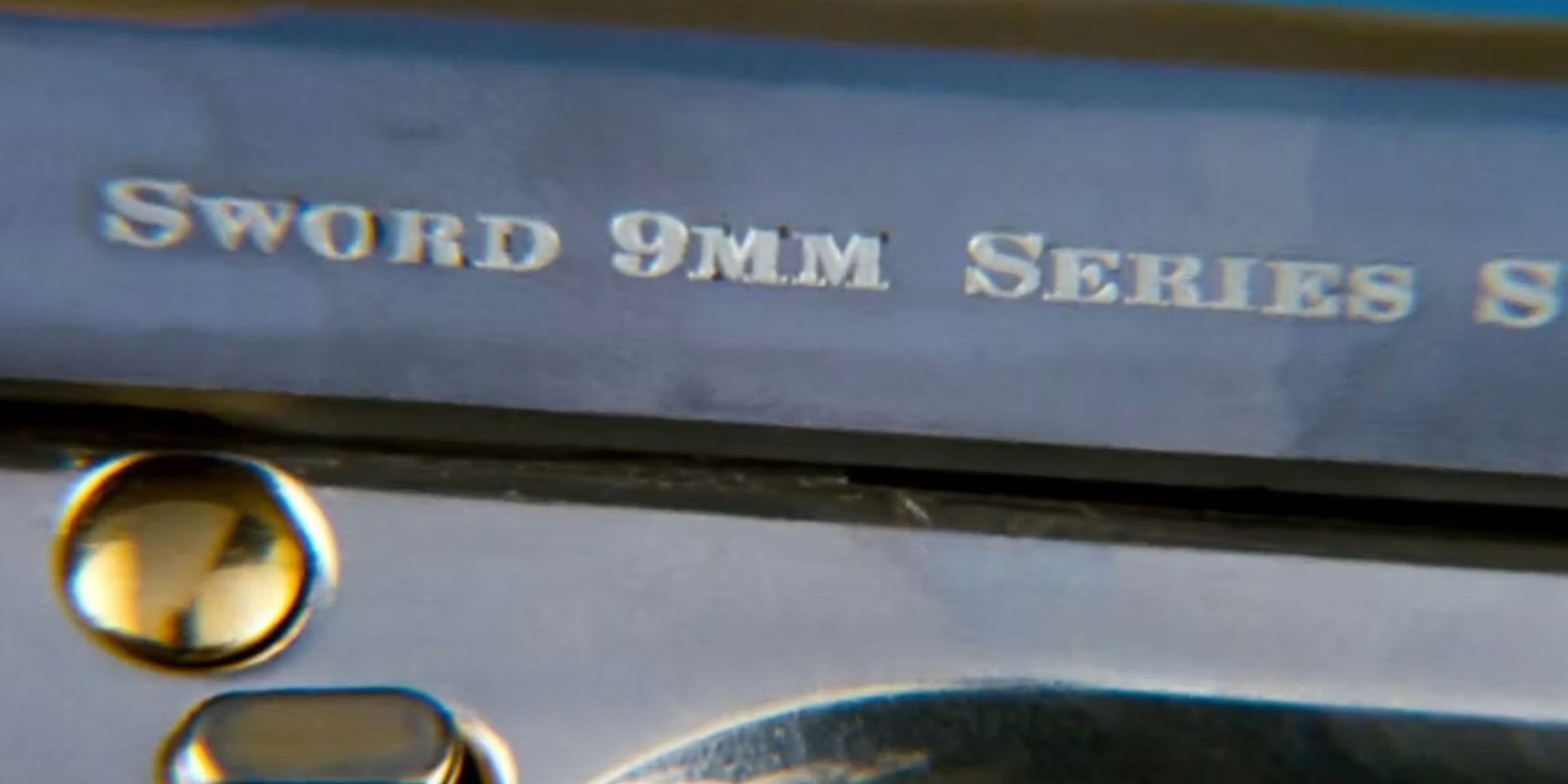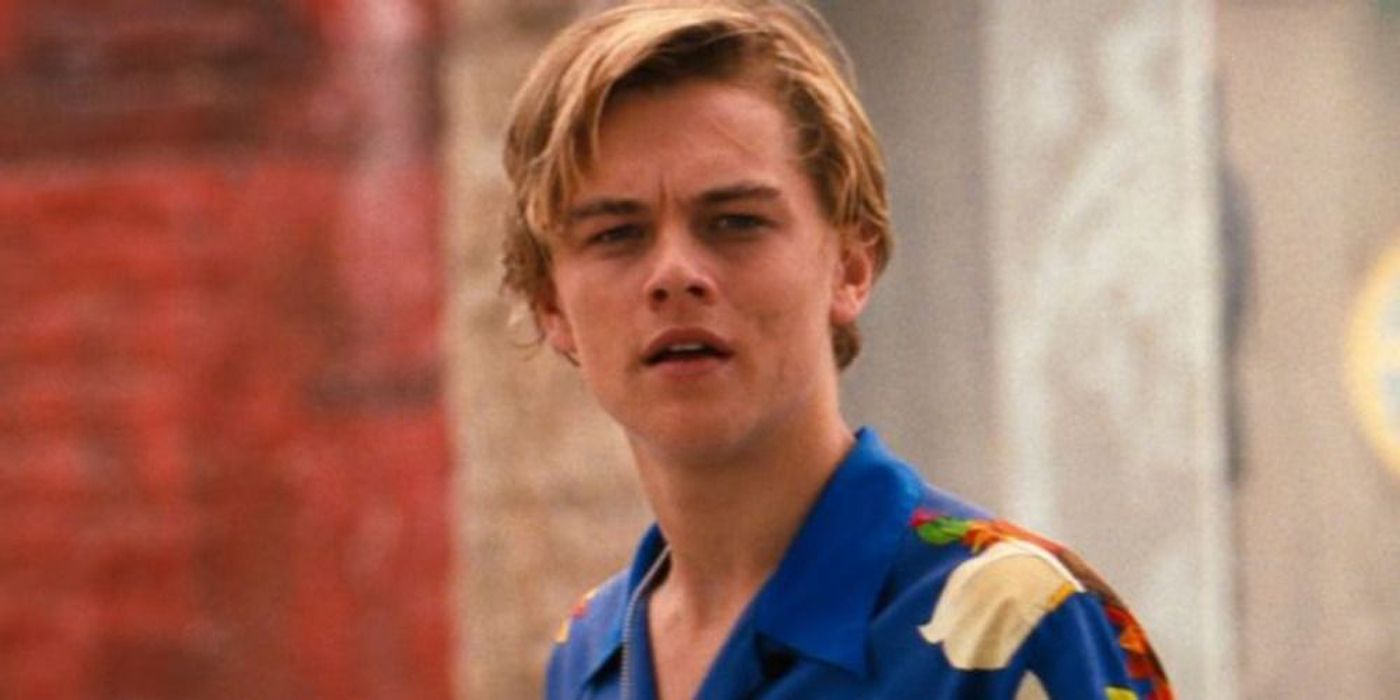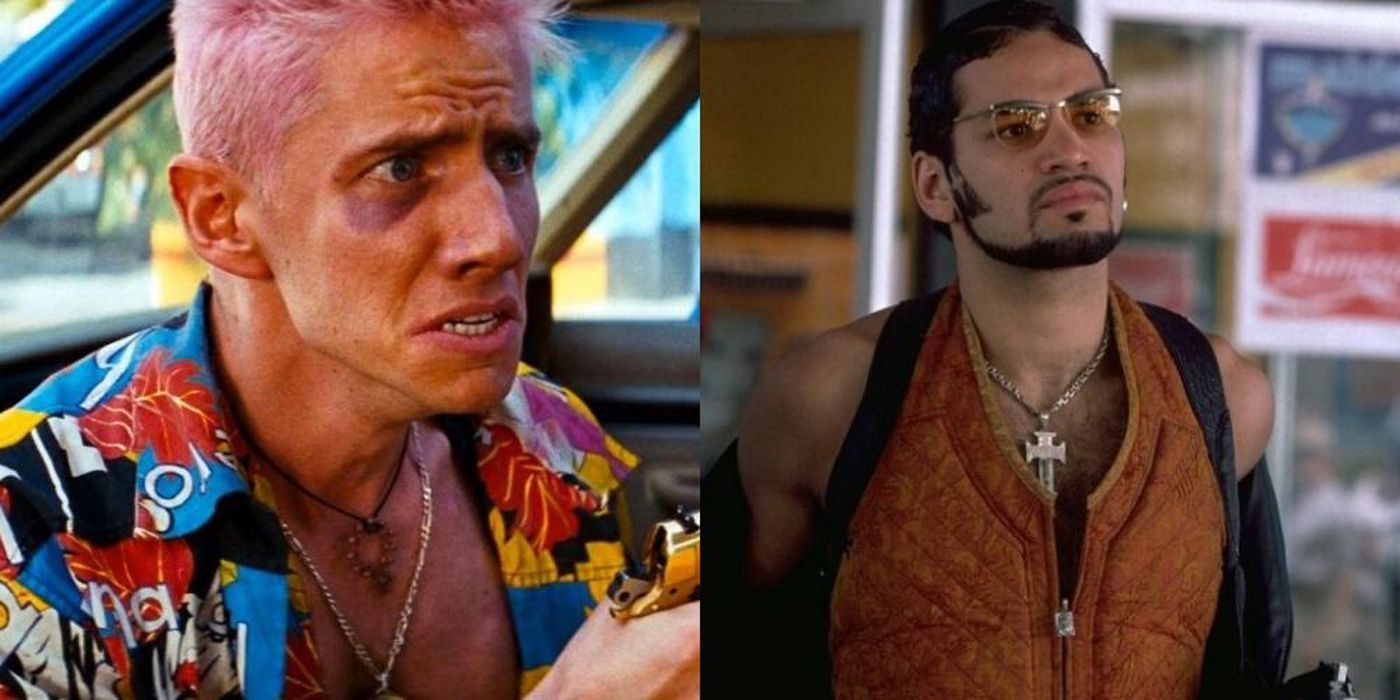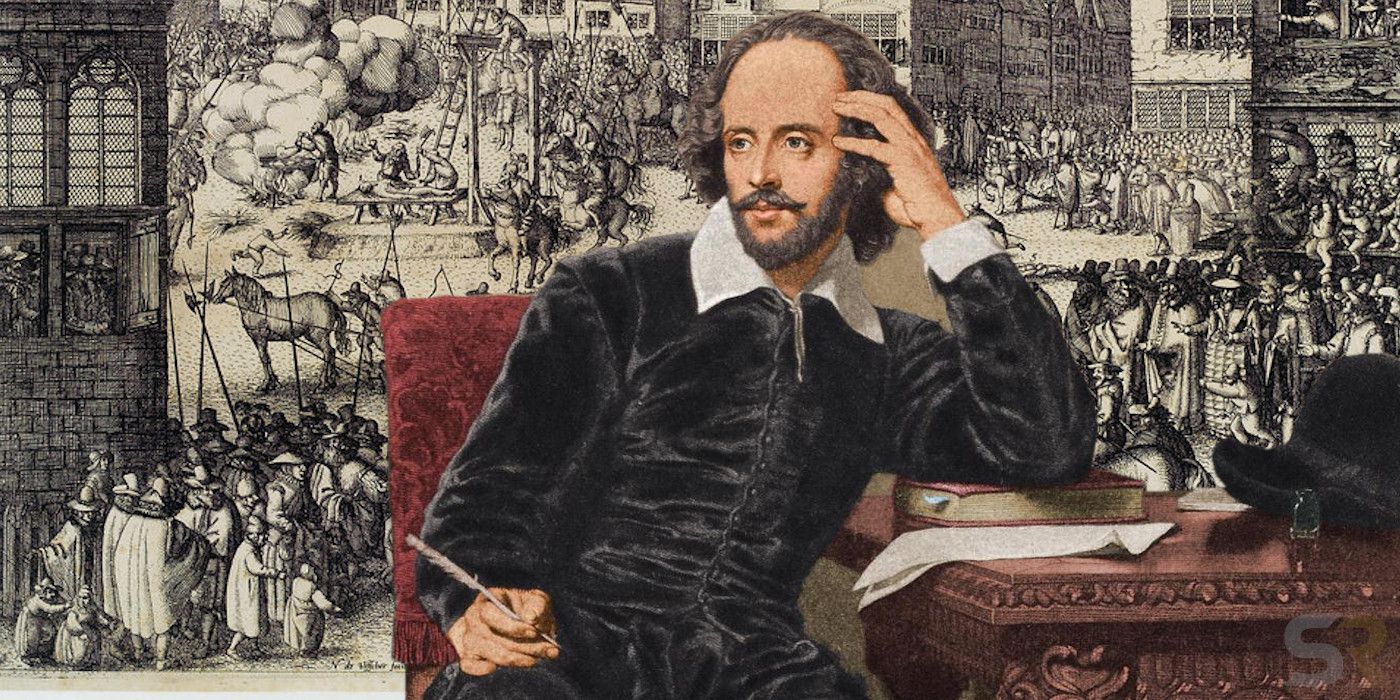Summary
- Verona becomes Verona Beach in Luhrmann's Romeo + Juliet, set in modern times with guns and TV news updates.
- Luhrmann modernizes Shakespeare's Romeo and Juliet, changing characters and setting but keeping original dialogue.
- Baz Luhrmann's adaptation of Romeo + Juliet uses guns instead of swords, updated costumes, and modernized character names.
In 1996, Baz Luhrmann turned his eye to the works of Shakespeare and created a finished product with several differences between the Romeo and Juliet play and the movie. William Shakespeare's 38 plays have proven to be quite memorable, but the one most adapted is Romeo and Juliet. It may have been first performed in the 1500s, but elements of the tragic play ("the star-crossed lovers") can be found in the likes of several popular TV shows, rom-coms, musicals, and even video games. None remained as loyal while making such drastic changes, as Luhrmann's Romeo + Juliet.
There are many modernizations of Shakespeare's works, such as 10 Things I Hate About You bringing Taming the Shrew to modern times. Few have done anything as kinetically different as Luhrmann's story using the original dialogue, but setting it in a modern-day Verona Beach. Shot almost like a long-form music video, Baz Luhrmann's Romeo + Juliet uses the original Shakespeare dialogue, but intersperses it with television footage, news crews, and car chases, making it like nothing fans of the Bard had ever seen while making it accessible for contemporary teenagers to understand the tragic love story.
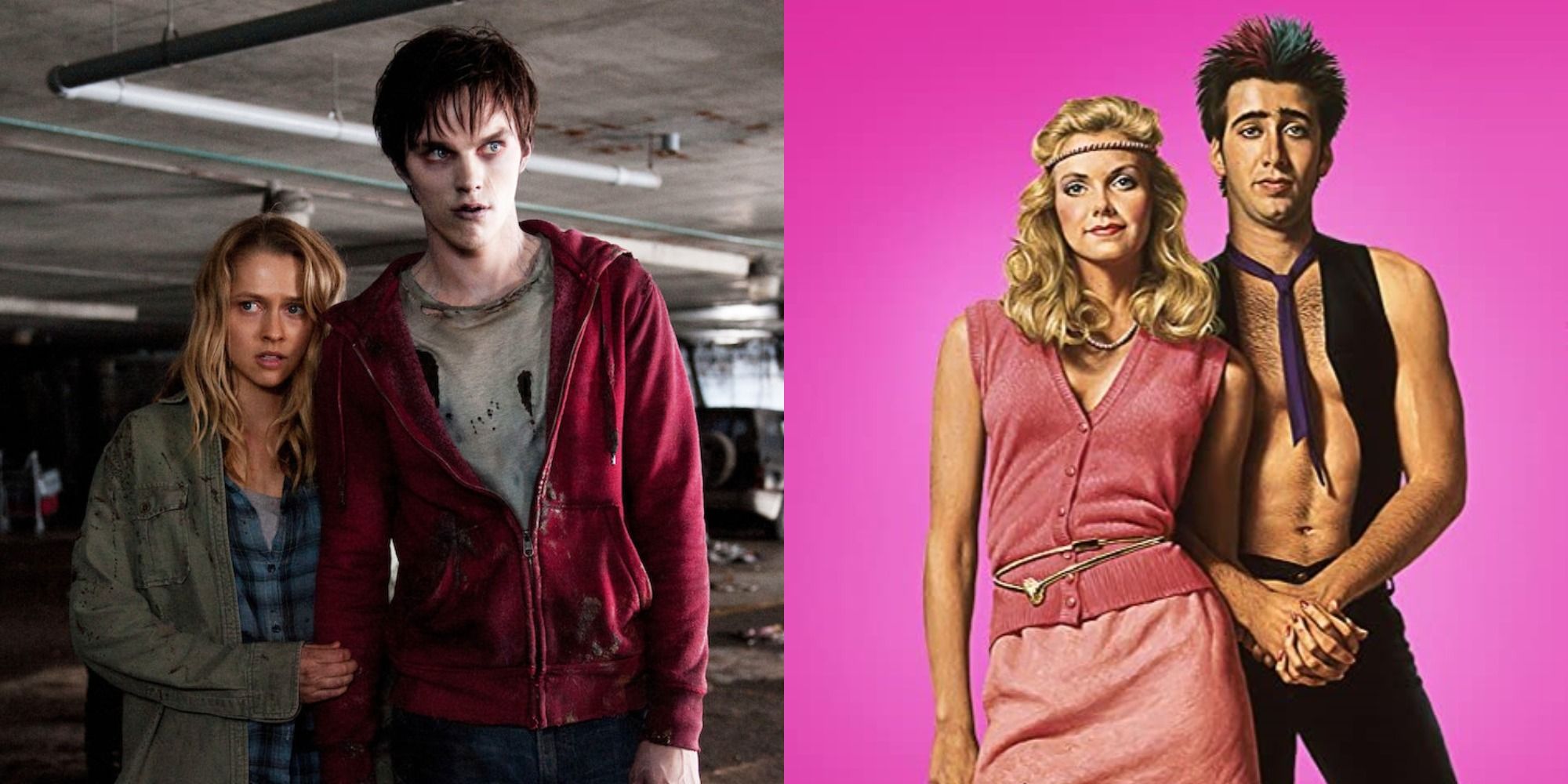
6 Cleverly Disguised Teen Movies That Are Actually Shakespeare Adaptations
Some of these adaptions are popular teen movies dating back to the 80s, many of which cleverly adopted many themes of Shakespeare's original plays.The Setting Is More Modern In The Romeo + Juliet Movie
Fair Verona Becomes Verona Beach
The original version of Romeo and Juliet is set long ago, with most guesses being the 14th or 15th century. People acted differently and the world operated with a different structure. The main change here is that Baz Luhrmann’s version is set in the modern-day (or at least 1990s America).
The Romeo and Juliet movie changes to allow cars, guns, FedEx trucks, cafés, and TVs. Everyone is also dressed in modern clothes and many people have dyed their hair. It couldn’t look more different, but the language remains unchanged.
Some Of The Lines Have Either Been Cut Or Altered In The Romeo + Juliet Movie
Only One Character Uses Iambic Pentameter
Despite the language of the play remaining mostly unchanged, notably with the characters still referring to their guns as "swords," a few things did have to be adapted if it was to be shown on the big screen. One of the differences between the Romeo and Juliet play and movie was Luhrmann cutting some of the lines since he only had a certain run time to tell his version. Additionally, despite the majority of Romeo and Juliet being written in iambic pentameter, Father Laurence (Pete Postlethwaite) is the only character in Romeo + Juliet to speak in this meter.
The Montagues And Capulets Are Not Just Warring Families In Romeo + Juliet
The Montagues And Capulets Are Mafia Empires Running Corporations
Tying in with the updated location and time period, the actual presence and existence of the Montagues and Capulets are drastically different from the original play. Rather than being two families at war, the difference between the Romeo and Juliet play and movie is that the war here is between two rival businesses. In the movie, it is rival mafia empires. That made them criminal empires rather than prominent families. However, they pretend to be legitimate corporations with law enforcement in their pockets. With this comes a change in motivation for a lot of the major plot points in the story.
The Messenger/Prologue Chorus Is Replaced
News Reports Act As The Chorus
As the film modernizes the original play, it naturally had to find a new way to present the role usually fulfilled by the chorus, such as in the opening prologue. This is cleverly done by having a news anchor read these lines, presenting the chorus lines as if it were a news report on television screens.
Additionally, the TV also fulfills the role of the messenger that was in the play. Instead of the cast finding out about the Capulet's party by messenger, they see it announced on TV. This is not only a good way to modernize the story, but to make it work cinematically.
Rosaline's Role Is Reduced Drastically In The Plot Of Romeo + Juliet
Rosaline Is Not Even Seen In Most Adaptations
Rosaline is a character that doesn't actually appear in the play but still plays an important factor. She is Romeo's (played by Leonardo DiCaprio) first love and the reason he is distraught at the beginning of the story, as she does not love him, instead swearing a vow of chastity. Rosaline is the main reason the Montagues visit the Capulet's party, as she is meant to be there.
In the film, Rosaline's role is reduced, though she still acts as a device to get Romeo to the party. Despite Romeo brooding at the beginning, his feelings for Rosaline appear to be presented as more of a crush, and Romeo's emotions are downplayed when Benvolio (Dash Mihok) asks why he is sad.
Rosaline's fate after the tragedy of Romeo and Juliet's romance has actually prompted much speculation. Books and movies both have speculated about how Rosaline might have reacted to her previous suitor dying after a whirlwind romance. Shows like Still Star-Crossed and movies like Hulu's Rosaline have attempted to answer those questions.
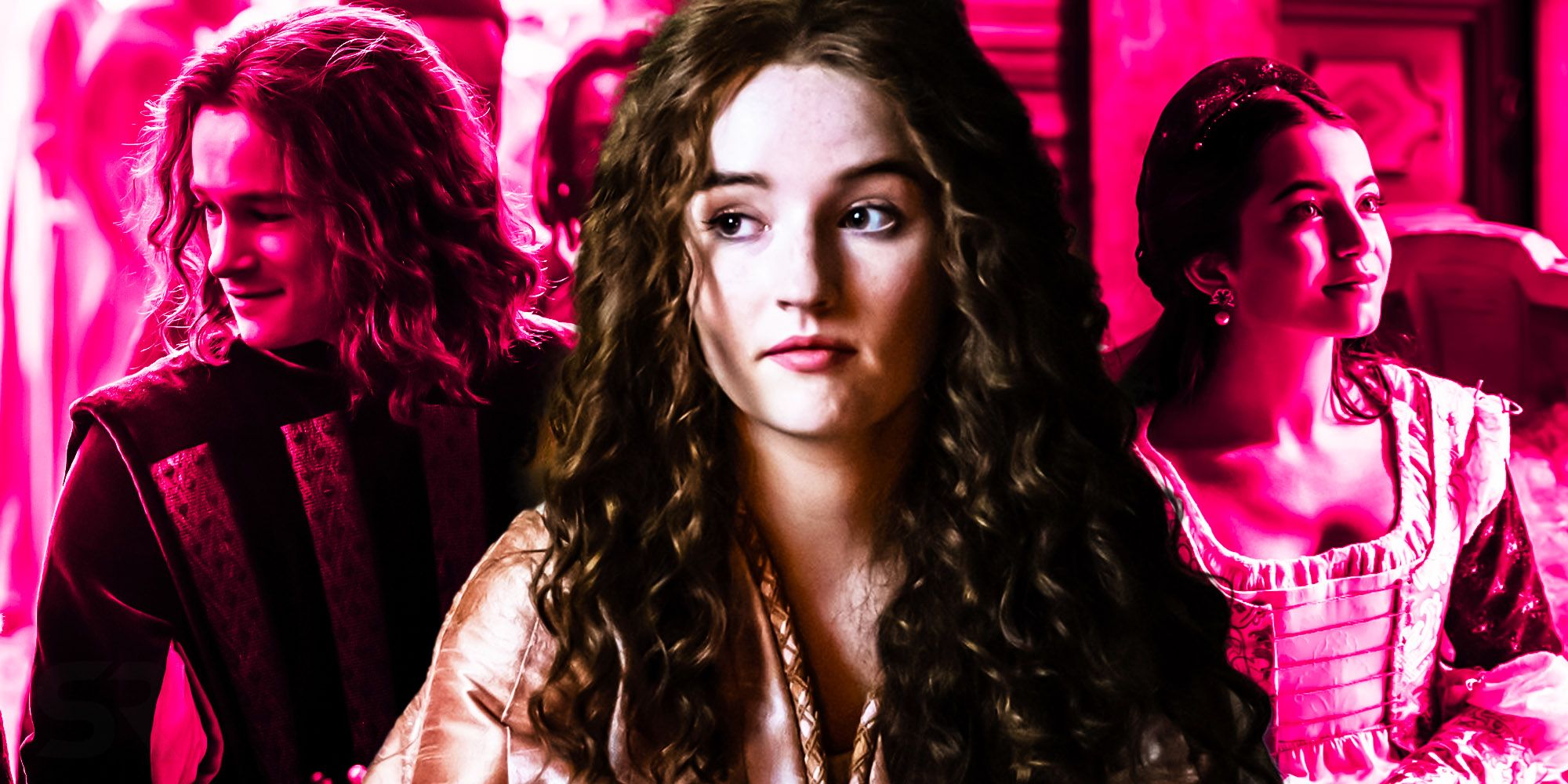
Rosaline Cast & Character Guide
The romantic comedy Rosaline has a great cast full of talented young stars and Hollywood veterans. Here's a guide to the film's cast and characters.The Balcony Scene Is Cut From The Romeo + Juliet Movie
The Scene Plays Out In A Pool Instead
The balcony scene is arguably the most iconic scene of not only Romeo and Juliet, but of Shakespeare's entire works. It is a scene frequently referenced in pop culture and it is well-known to most people, even if they have never read or watched the play in any form. So it's pretty surprising that the film decided to change this legendary scene. In Romeo and Juliet 1996 vs the play, Luhrmann first reduced the 190 lines to just 90 lines. Secondly, the setting changed from an orchard scene to a more modern scene in a swimming pool.
The Tone Of The Marriage Proposal Is A Lot More Immature
The Romeo + Juliet Movie Makes It Seem Impulsive
In the original play, the scene where Romeo proposes that he and Juliet (Claire Danes) should get married is normally perceived as being a serious part of the play. However, one of the differences between the Romeo and Juliet play and the movie is that the characters are less serious.
Instead, they are giggling and laughing as they relay the lines that are more commonly acted out more earnestly on stage. Of course, this could be Luhrmann's way of presenting how happy the two are, so joyous that they keep smiling and laughing, but it downplays the importance of their union and how it would unite their two houses.
Paris’ Death Is Excluded From The Romeo + Juliet Movie
Romeo Kills Paris In The Play
In the original version of Romeo and Juliet, Romeo goes to the Capulet crypt to find Juliet. However, when he gets there, Paris is there grieving the loss of Juliet and Romeo kills him during a fight. The Romeo and Juliet movie changes this. Firstly, Paris is called Dave Paris in the Romeo and Juliet cast, and secondly, he isn’t in the crypt at all, meaning Romeo doesn’t bump into anyone there.
In turn, this means Dave Paris ends the film very much alive, while the Romeo and Juliet play provided that cruel twist ending everyone is too familiar with. This makes a major change, as his death showed how the battle even killed innocent people who were not part of the feud.
Lady Montague Is Alive At The End Of The Romeo + Juliet Movie
Lady Montague Dies After Romeo Is Exiled In The Play
Although six people died in the play, Baz Luhrmann's version reduced this number to four as he left two individuals alive. Not only did he omit Paris' death from his script, but he also omitted Lady Montague's death too (who can be seen sitting in the limousine at the very end).
While the Shakespearean play said she died as a result of Romeo being exiled, it appeared that Luhrmann didn't think it was as important in his adaptation since she didn't have much impact on the story. Of course, her fate could have remained the same, but it was not part of the movie's tale.
The Montagues And Capulets Don't Reconcile At The End Of Romeo + Juliet
The Families Symbolically Reconcile In The Play
Luhrmann continued to create differences between the Romeo and Juliet play and movie by not including the reconciliation. This came in the final act of the tragedy when the two fathers walked into the church and discovered that their children died. To pay tribute, they decide to end the feud and build two statues of them side-by-side.
It's possible Luhrmann decided not to include this scene because it overlooked Romeo and Juliet's deaths. However, they were the most important people in their parent's lives, so Luhrmann instead had them contemplate the brevity of the situation and how their violent feud cost several people their lives.
Balthasar And Friar Laurence Don't Appear In The Ending Of Romeo + Juliet
Balthasar And Friar Laurence Explain Events In The Play's Final Act
While they appeared in the movie version, some people might not have realized that Balthasar (Jesse Bradford) and Father Laurence should also have been involved in the final act. In the play, it is Balthasar and Friar Laurence who discover Romeo and Paris' bodies and explain why this tragedy came about. However, given that the movie is set in a more modern era, where technology and autopsies are more advanced, and marriage certificates are easy to track, the two families would have been able to quickly figure out what happened, which would mean that this scene was not needed.
The Prince And Paris' Familial Relationship Is Excluded From Romeo + Juliet
Paris Is The Son Of The Governor
With Paris still alive at the end of the movie, it appears that Lurhmann had cut the familial ties between Paris and Captain Prince (Vondie Curtis-Hall), since they were declared "kinsmen" in the play. Although some might say that it didn't really affect the story as much since Paris and Prince Escalus didn't really interact, it changed the interpretation of the play slightly.
Not only was Paris' death meant to highlight the immense tragedy further, but the Prince's grief was to show that innocent people were also caught up in this family's feud. Once again, this allowed Luhrmann to keep the focus on Romeo and Juliet and not as much on the other casualties.
Paris' Familial Relationship With Mercutio Is Also Excluded From The Movie
They Are Referenced As Kinsmen In The Play
Since the play established that Paris and Mercutio (Harold Perrineau) were kinsmen to the Prince, it also appears that the movie adaptation excluded their familial ties to each other. The only one Lurhmann keeps intact is that of Mercutio and Captain Prince.
Given that Mercutio played a pivotal role in Luhrmann's version of the play, it makes sense the director kept Captain Prince and Mercutio's relationship as it emphasized that even outsiders can be drawn into the family feud. It also makes a lot of sense that he would cut Mercutio and Paris's ties too, since they didn't even interact in the play or acknowledge their relationship with each other.
Juliet Wakes Up Before Romeo Dies
Juliet Wakes Up After Romeo's Death In The Play
The twist ending is one of the reasons why Romeo + Juliet is one of the most memorable adaptations. Where the play sees a heartbroken Romeo take his own life before Juliet wakes up, one of the differences between the Romeo and Juliet play and movie is that the film changes this.
Instead of the heartbreakingly unfulfilled, and brutal ending of the original, Luhrmann has Juliet wake up just before Romeo dies, so they can share a quick kiss before she takes her own life. It was a silly end that Hot Fuzz made fun of in its mock Romeo and Juliet play, which itself was the cast adapting the Luhrmann movie - not the play, including the movie's song "Lovefool."
The Misuse Of Drugs Is Different In The Romeo + Juliet Movie
Romeo Is Seen Taking A Pill Early In The Movie
One of the differences between the Romeo and Juliet play and the movie is its depiction of drugs. In the play, the only time "drugs" are used is when Juliet takes tonic to fake her death or the poison Romeo drinks at the end. However, the misuse of drugs is completely different in the Lurhmann version as Romeo is seen taking a pill before he enters the Capulets' party.
While this might have been the director's way of making it modern, it added to the symbolism and hidden meanings. This isn't to say there weren't drugs in the 15th century, as marijuana (The Herb) was around in those days, which created hashish. With that said, Shakespeare didn't use it in his play.
Baz Lurhmann Replaces Swords With Guns In The Romeo + Juliet Movie
The Guns Are Actually Named Swords
Baz Luhrman’s film replaced the swords from the original with much more modern guns. Swords obviously require a lot of close combat, which means fights need to be done from close range. A gun could end a fight in less than a second, which could reduce the dramatic tension. Having said that, shootouts give the scene the Hollywood edge and make the film fit the 1990s more.
It was also needed because people in the 1990s wouldn't likely be carrying swords in a beachside town. Luckily, the dialogue still referred to the guns as "swords," keeping the callback to the play intact in this Romeo and Juliet adaptation. The guns were also stamped with the name "sword" to make the naming convention make sense.
The Costumes In Romeo + Juliet Are More Reflective Of Their Personalities
Other Adaptations Have Simply Employed Masks To Cover Identities
During the Capulet party, the costumes in the original Shakespeare play seem nothing particularly outlandish, with the characters wearing Elizabethan garments that would have been worn during any part of that era. However, in the film, Luhrmann decides to dress each character in a costume that reflects their personality.
The audience sees Juliet with ethereal angel wings and Tybalt dressed as the devil. It's not just the party. Mercutio’s glitzy lingerie set and cape were perfect for his character's personality and the flaming sacred heart on the Hawaiian shirt Romeo wore was iconic. Australian costume designer Kym Barrett delivered strongly for the movie.
Baz Lurhmann Gave The Characters Modern Names In The Romeo + Juliet Movie
Lurhmann Also Gave Some Characters First Names
Baz Luhrmann kept the dialogue the same as it would have been so many hundreds of years ago, but he changed the Romeo and Juliet character names. Paris gets a first name in Dave. The Montagues are named Caroline and Ted, while the Capulets are named Fulgencio and Gloria. Friar Laurence is turned into Father Laurence and Prince Escalus becomes Captain Prince, a police chief. These differences between the Romeo and Juliet play and the movie make sense. Friar makes no sense in 1990s America and the police officer being a captain is also the proper title for the time.
Some Minor Characters' Affiliations Are Swapped Around In Romeo + Juliet
This Allowed Some Characters To Have Larger Roles
Luhrmann decided to shuffle the affiliations of certain minor characters around. It’s a little confusing for those already familiar with the characters and doesn’t seem to make much sense or have any reasoning behind it. Abram (Vincent Laresca) and Petruchio (Carlos Manzo) become Capulets despite being Montagues in the original, while Sampson (Jamie Kennedy) and Gregory (Zak Orth) are Montagues in the film. Sampson, in particular, is an interesting one, as he becomes Romeo’s cousin, whereas before he was nothing more than a Capulet servant.
Friar John Is Excluded From The Romeo + Juliet Movie Altogether
Friar John Isn't Needed In The Modern Story
Although he isn’t exactly a huge presence in the original play, Friar John nevertheless exists and has a certain role to fulfill. His character is used as a tool to send a letter from Friar Laurence to Romeo, but regrettably, he is unable to fulfill his duty because he becomes quarantined after an outbreak of plague. His small role is ultimately unsuccessful, but this makes him hugely important to the plot. He was supposed to tell Romeo about Juliet's false death, and since he never arrived, it led to Romeo's death.
Of the differences between the Romeo and Juliet play and the movie, this one might have been omitted because Laurence could just overnight the letter, which he did. There's no need for someone to deliver a message on foot between two people they know when such things as overnight mail service exist. It's one of the Romeo and Juliet differences that makes the most sense.
Romeo + Juliet
- Release Date
- November 1, 1996
- Director
- Baz Luhrmann
- Writers
- Craig Pearce, William Shakespeare, Baz Luhrmann
- Cast
- Harold Perrineau, John Leguizamo, Leonardo DiCaprio, Paul Sorvino, Pete Postlethwaite, Claire Danes
- Rating
- PG-13
- Genres
- Drama, Romance, Documentary

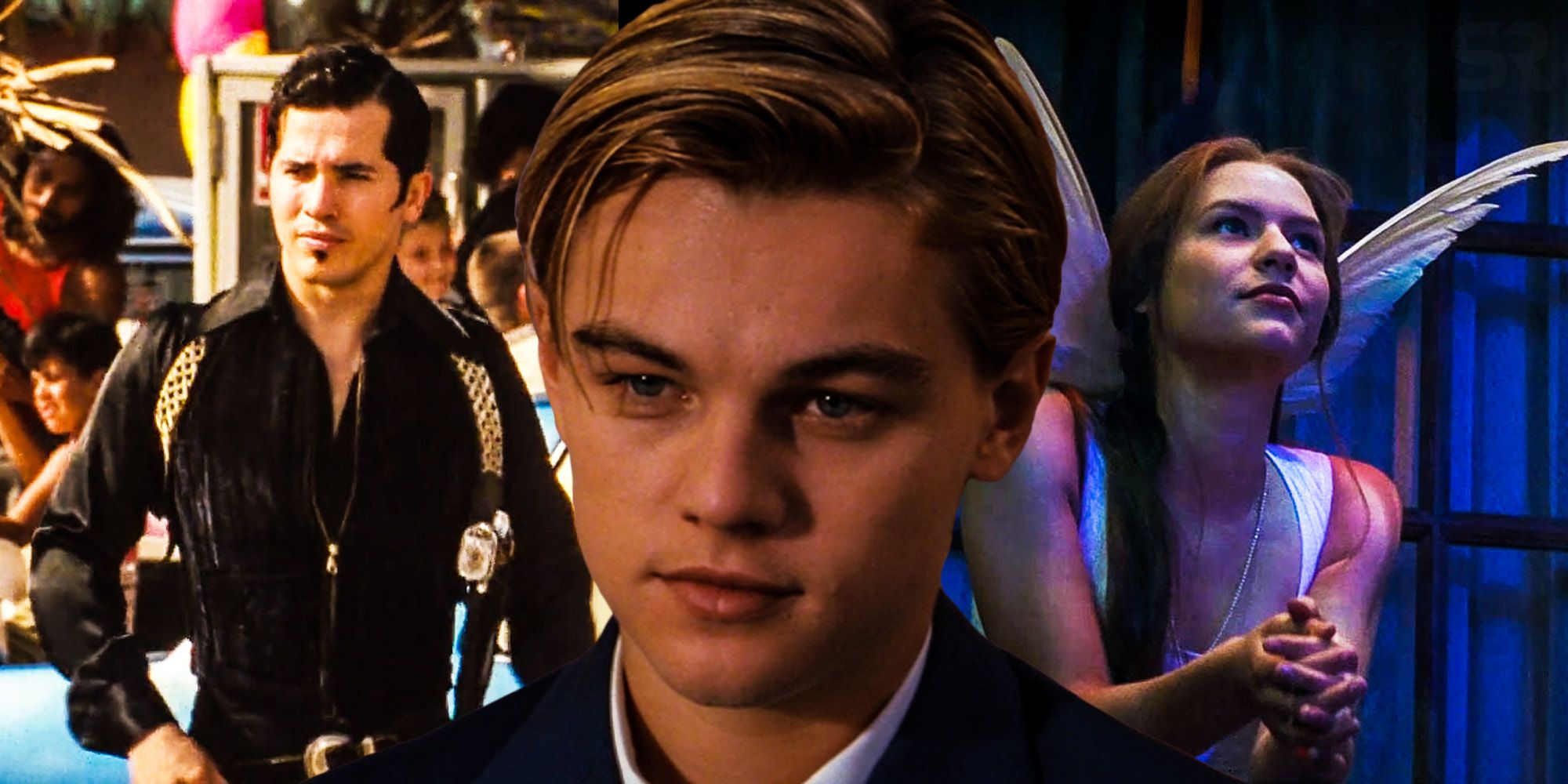
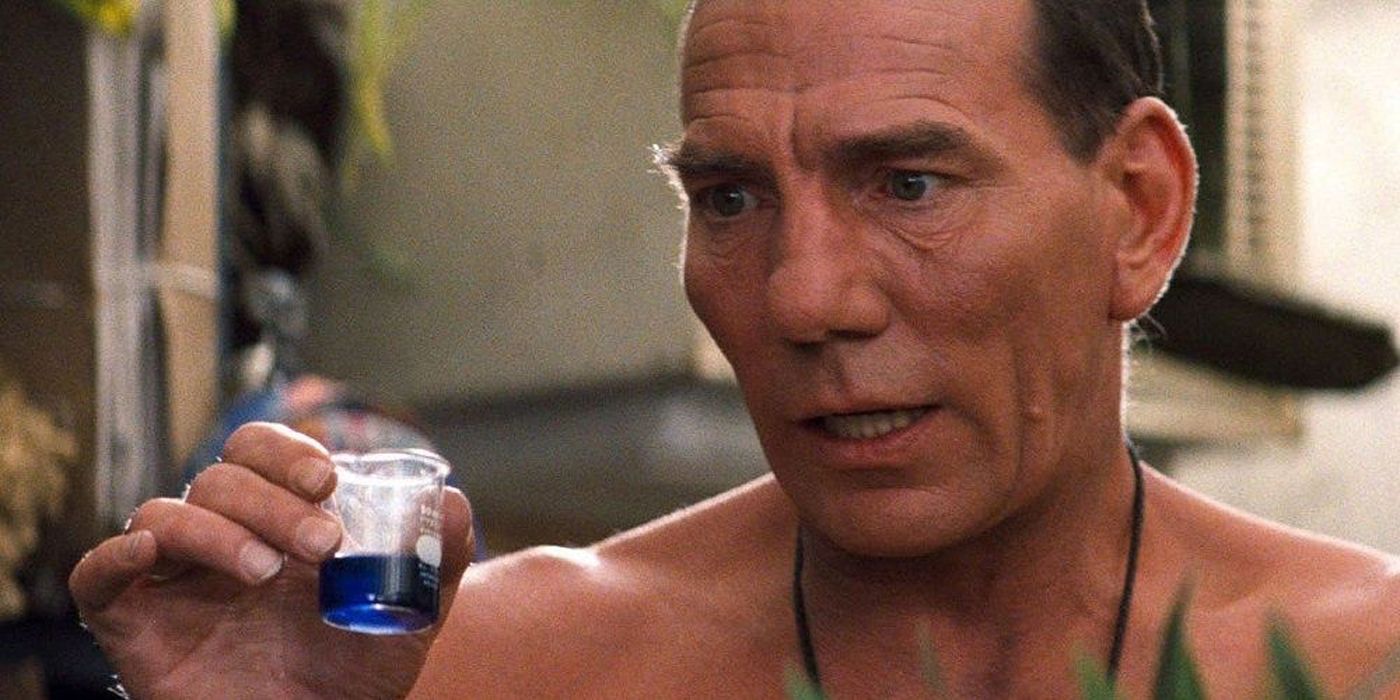
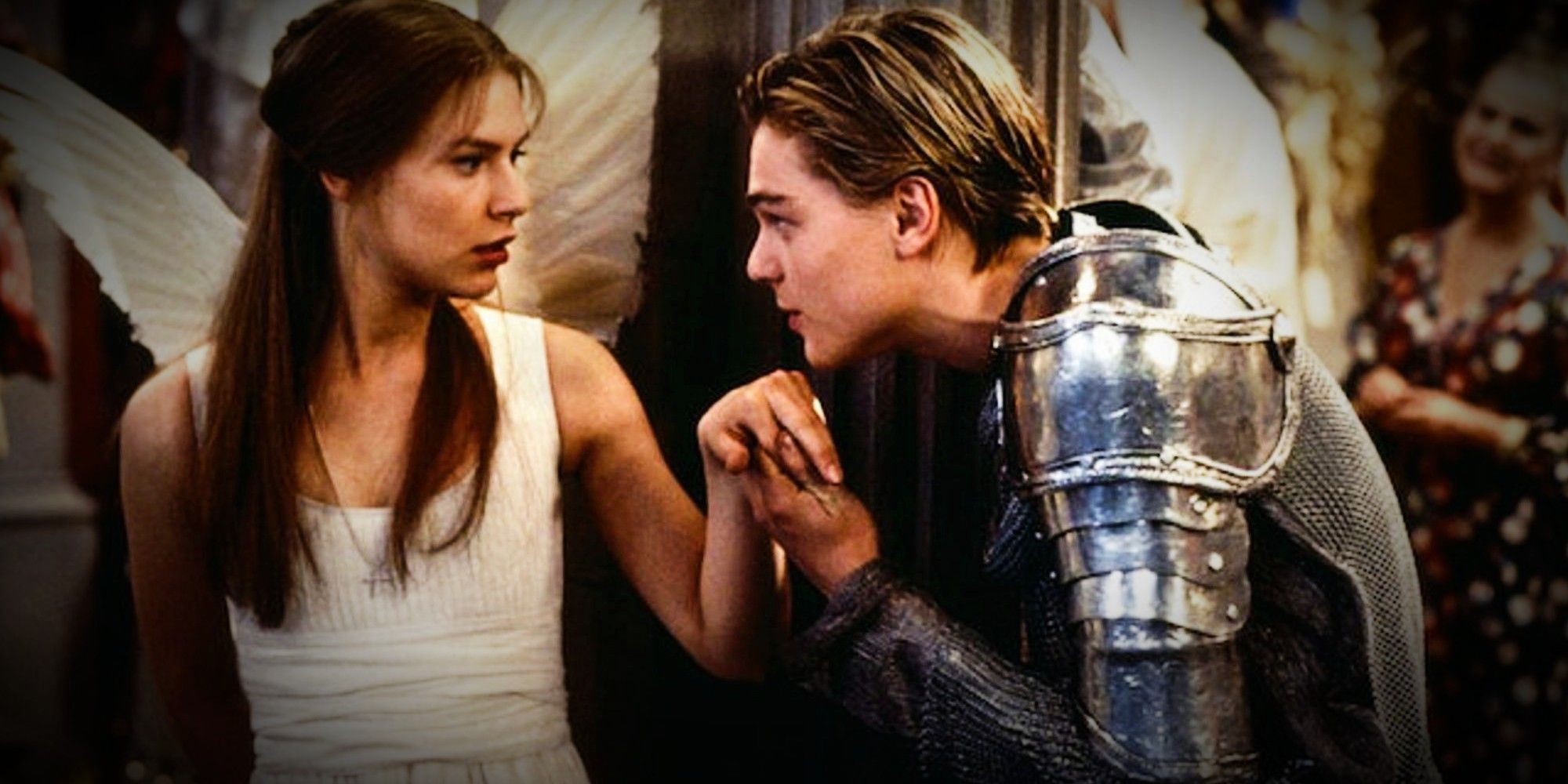
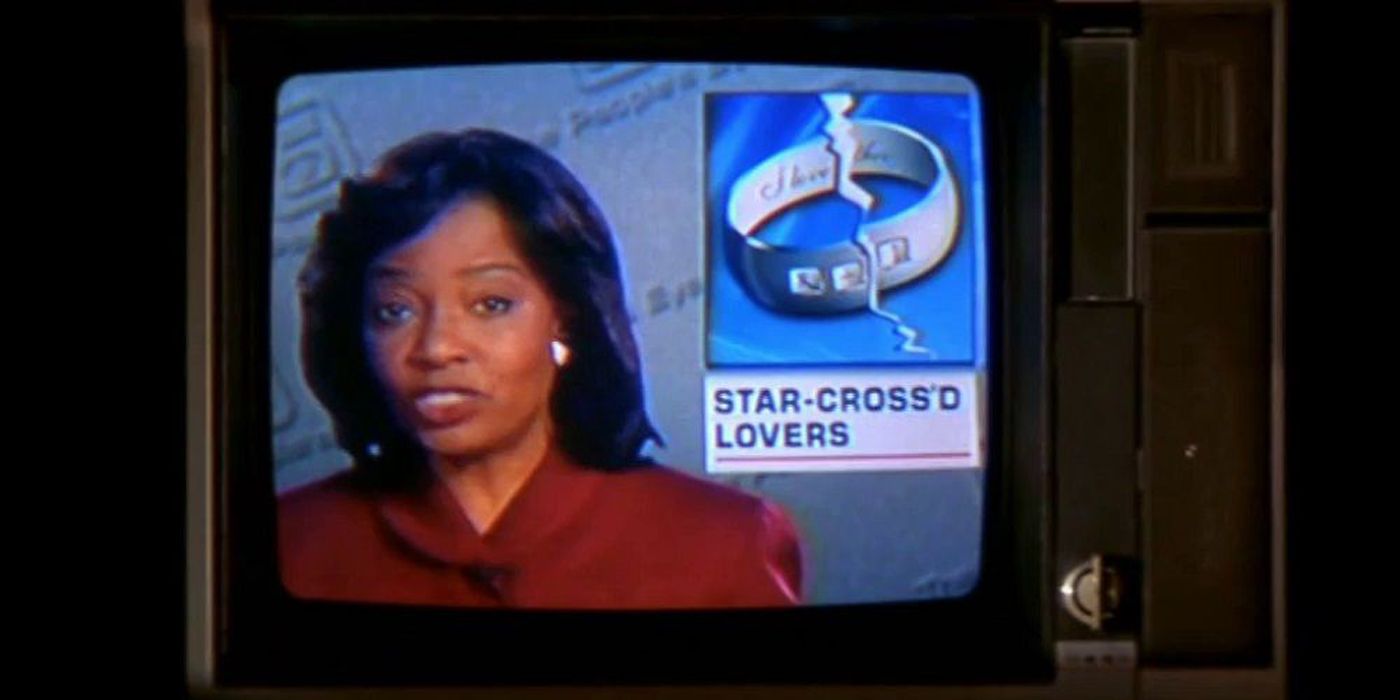
.jpg)
